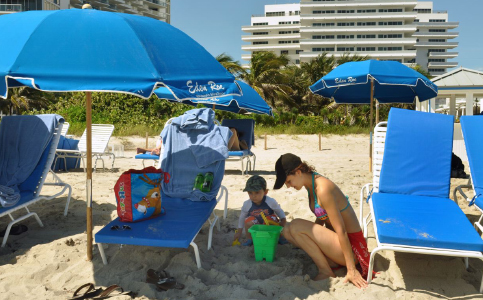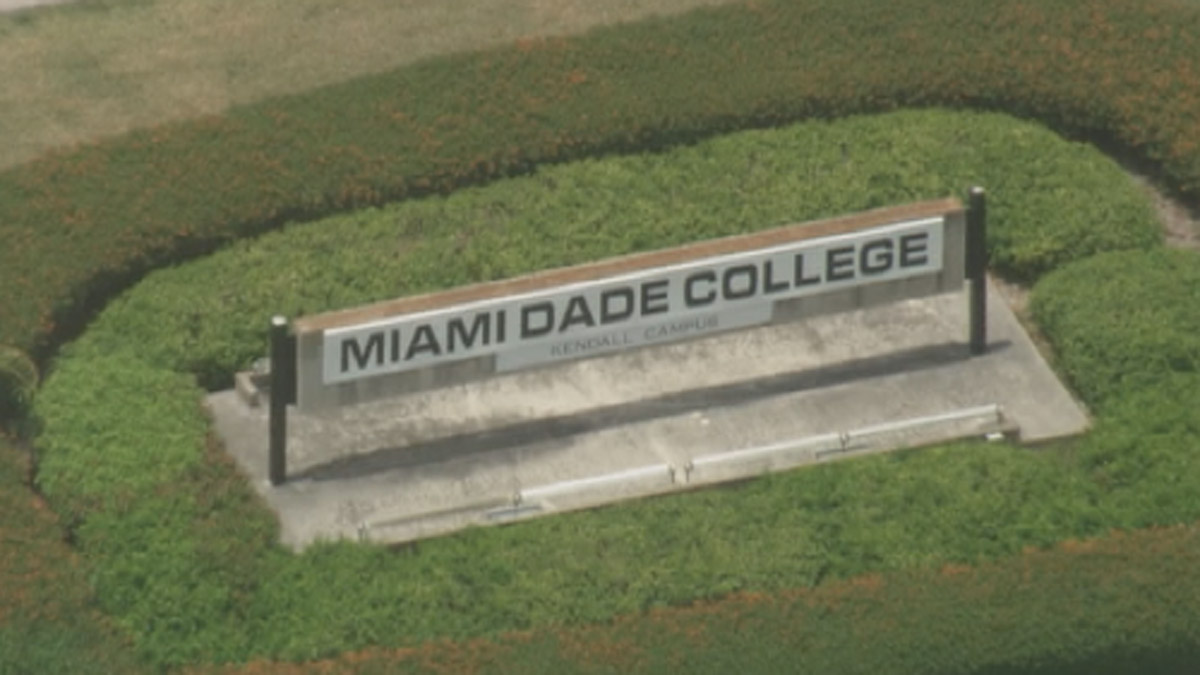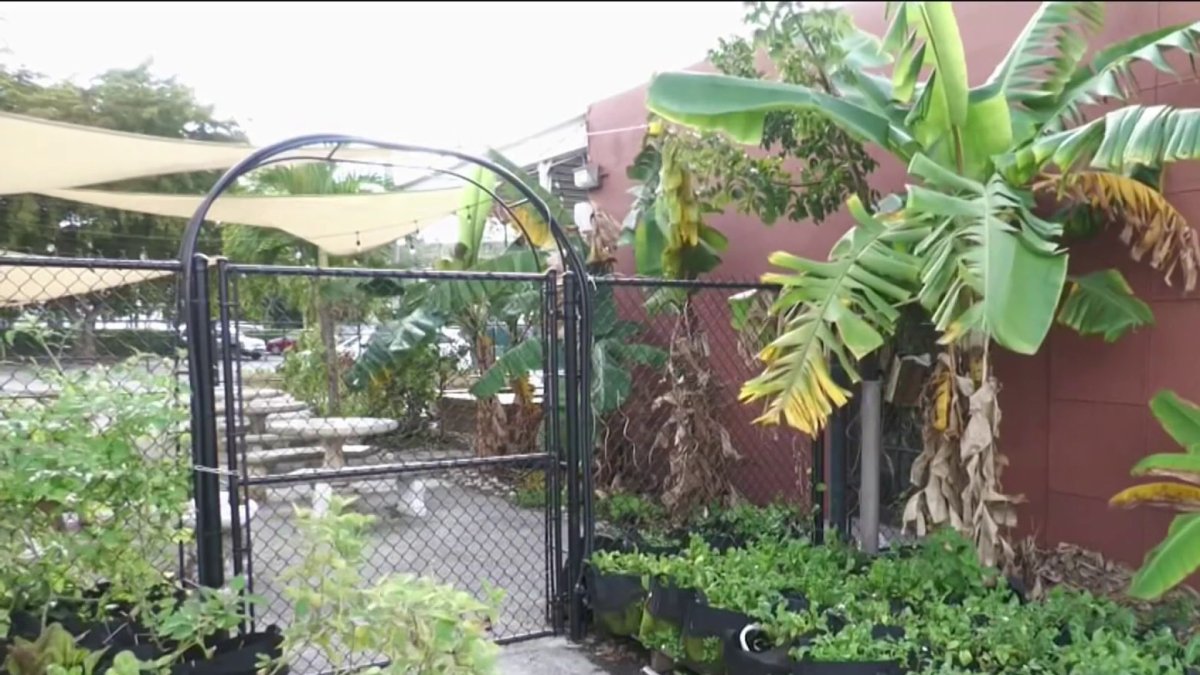Biggest sand pour in decade restoring Miami-Dade beaches

Advertisement

With sea turtles out in the ocean and permits approved, a major sand renourishment project is set to begin spreading over 10.5 miles of beach in Sunny Isles, Bal Harbour and Miami Beach.
The Army Corps of Engineers delivered 830,000 cubic yards of sand for the decade’s largest spread, a $40.5 million project.
“We have four hot spots that take the width of the beach: 63rd Street, 55th Street, 44th Street and 32nd Street,” said Miami Beach Mayor Dan Gelber.
Continental Heavy Civil construction has been hired for the work. It will begin with the “hot spot” on 63rd Street. Sand will be spread beginning in the south section of the segment and work north. A section from 60th to 69th streets has been blocked off for a construction staging area.
The first segment of renourishment began Feb. 10 at 6500 Collins Ave. at Allison Park. Allison Park will house generators, office trailers, roll-off containers and other equipment. Work will be during daylight hours, when moderate noise should be expected.
Pedestrians should expect some of the Beachwalk pavers across from Allison Park to be removed to allow delivery of the sand, but checkpoints will be in place. Sections of the beach under active construction will be closed for safety. Lifeguard towers will be relocated during the sand spread.
The sand brought to the beaches follows strict qualifications. The size is between 0.062 and 4.76 millimeters, and sand is a similar color and grain size to what is now on the beach, said Erica Skolte, U.S. Army Corps Jacksonville public affairs specialist.
This all plays a part in keeping the wildlife on Miami-Dade’s beaches safe. Sand that’s too dark and too hot can damage sea turtles’ eggs. Sand spreading is influenced by the sea turtles’ calendar, with their season being somewhere from April 1 to Oct. 31. Sand distribution is also based on hurricane season and natural erosion.
“We will always need to renourish our beaches,” said Mayor Gelber. “Sand is always moving.”



